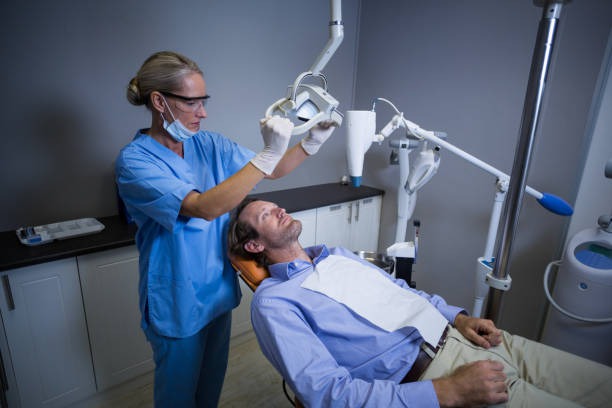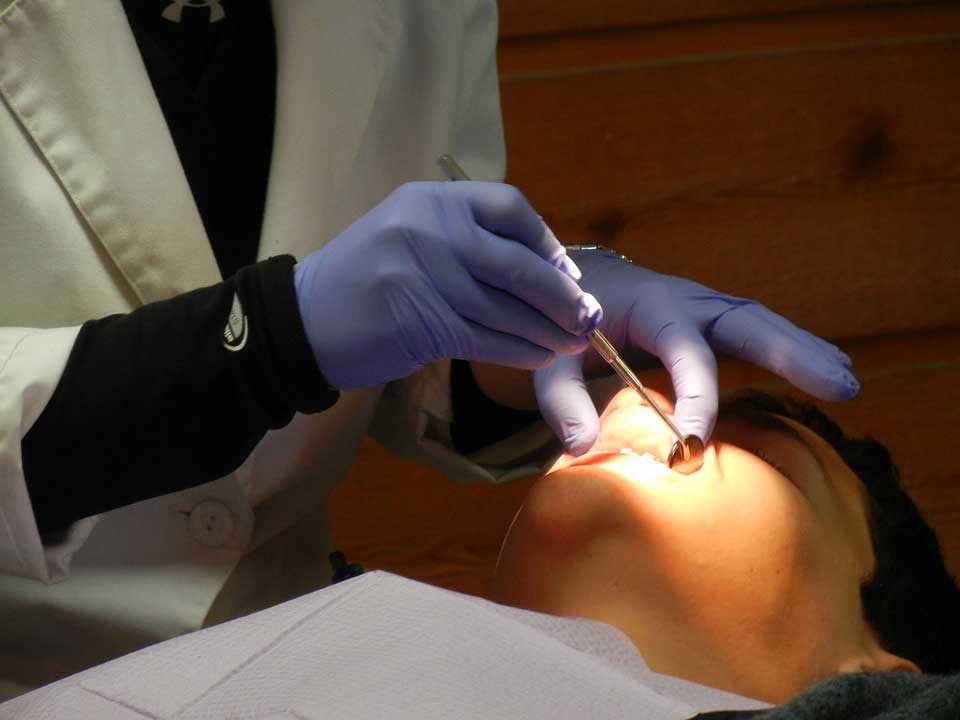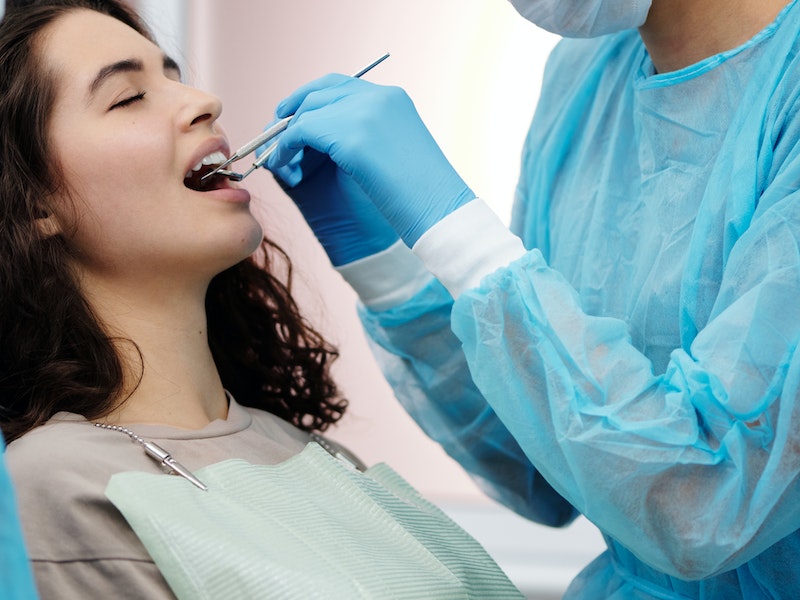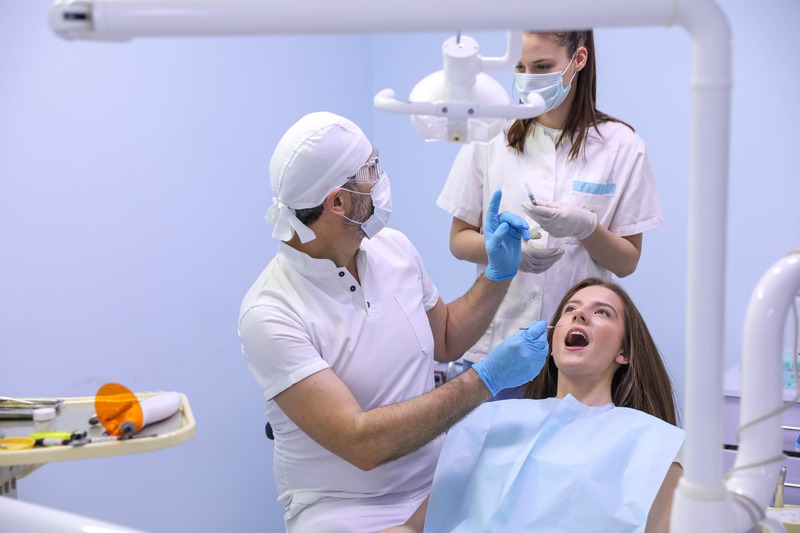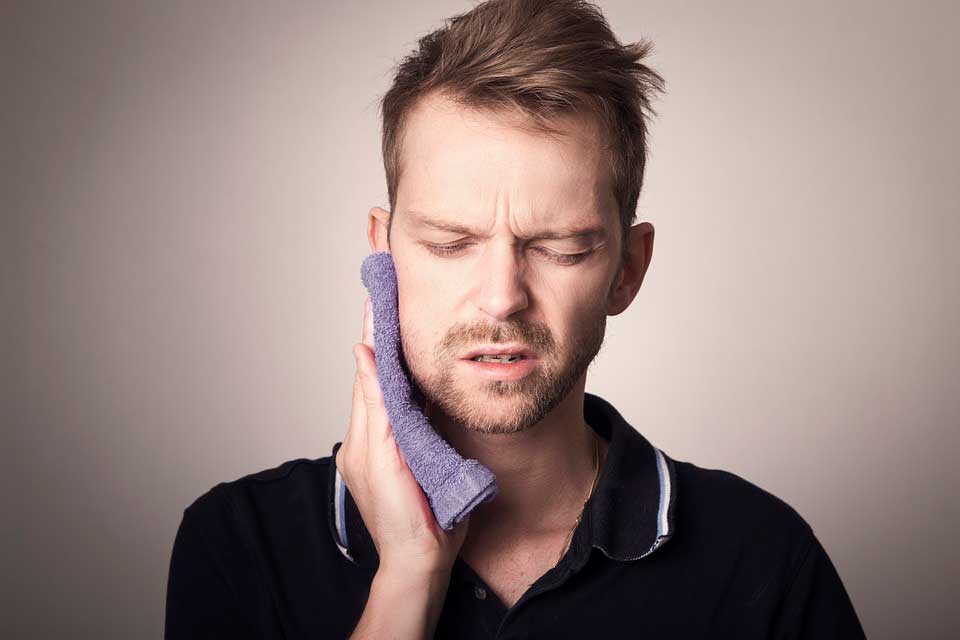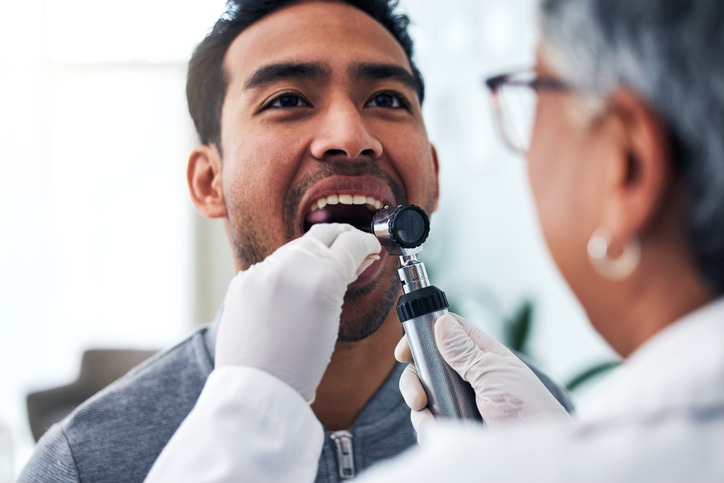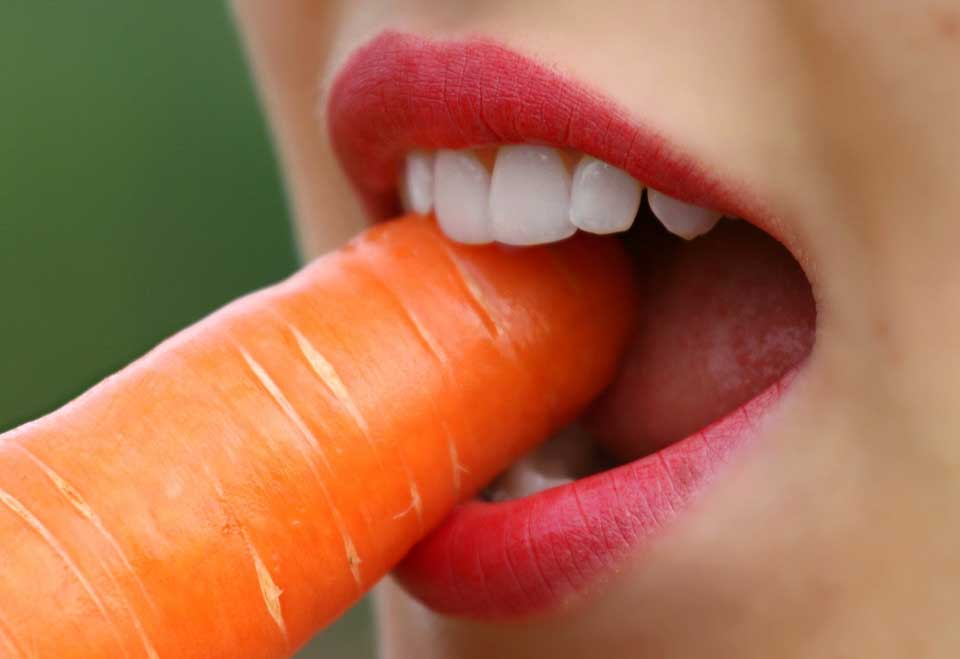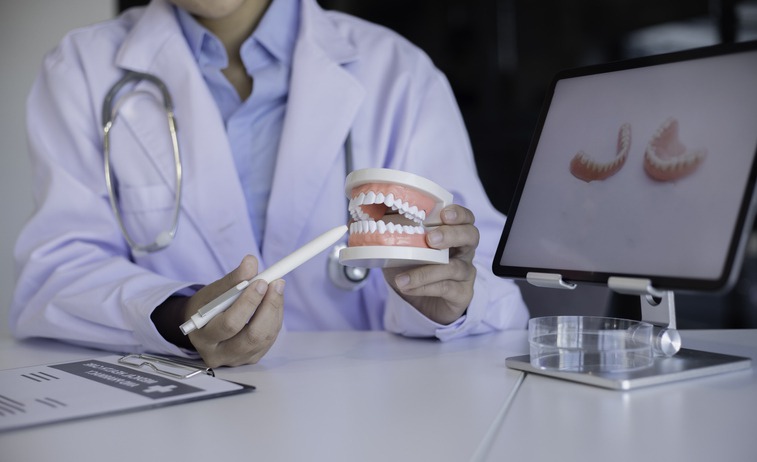
Streamlining Recovery: Tips for a Smooth Post-Dental Procedure Experience
Going through a dental procedure might seem daunting, but with the right approach, recovery can be smooth and stress-free. Whether you’re coming out of a simple cleaning or a more intensive treatment, knowing how to care for yourself during the recovery period is essential for a speedy and successful healing process.
Preparation is Crucial
Before diving into the nitty-gritty of recovery, let’s talk prep. Being well-prepared can make all the difference in how you feel afterward.
-
Stock Up on Soft Foods: Think mashed potatoes, yogurt, and smoothies. Having these on hand means you won’t need to make a grocery run when you’re under the weather.
-
Create a Cozy Space: Make sure your recovery area is comfy and stocked with pillows, blankets, and entertainment.
-
Arrange for Help: If you’re undergoing a significant procedure, having someone to drive you home or assist with daily tasks can be incredibly beneficial.
Follow the Dentist’s Instructions
Adhering to your dentist’s guidelines is crucial. They know exactly what you need to ensure a safe and effective recovery.
Medications and Pain Management
The dentist might prescribe medication to manage pain and prevent infection. It’s essential to take them as directed.
-
Stick to Schedule: Set timers on your phone if remembering to take medication is tricky for you.
-
Watch for Side Effects: If you notice anything unusual, don’t hesitate to contact your dental office.
Hydration Matters
Staying hydrated aids healing. Drink plenty of water, but avoid using straws, as they can disturb delicate surgical sites.
The Importance of Rest
Rest isn’t just a suggestion – it’s necessary. Your body does its best healing work when you’re at rest, so embrace your inner couch potato!
Listen to Your Body
Rest when you feel tired and avoid overexertion. It’s tempting to jump back into your routine but give yourself the grace to rest and recover.
Technology and Entertainment
Keep yourself entertained in low-energy activities. Binge-watch your favorite series, dive into a good book, or explore podcasts and audiobooks.
Navigating Dietary Restrictions
Diet can play a massive role in recovery. Sticking to the right kinds of foods will promote healing and avoid complications.
Foods to Avoid
Steering clear of certain foods can prevent irritation or damage to the affected area.
-
Spicy and Hot Foods: These can irritate the area and prolong healing.
-
Hard or Crunchy Foods: Avoid anything that could disturb a surgical site, like nuts or popcorn.
-
Sticky Foods: Candies and gum can get stuck and should be avoided.
Go-To Recovery Recipes
Get creative in the kitchen with recipes that are not only easy on your mouth but also delicious.
-
Blender Creations: Experiment with smoothies packed with nutrients like spinach, banana, and almond milk.
-
Soups and Broths: These are not just comforting but also hydrating.
Managing Swelling and Discomfort
Experiencing some swelling and discomfort is normal, but there are ways to ease these symptoms effectively.
Icing the Area
Apply an ice pack to your face in 15-minute increments to reduce swelling. Wrap it in a towel to protect your skin from the cold.
Gentle Oral Hygiene
Taking care of your oral hygiene is crucial but requires a more gentle approach post-procedure.
-
Soft Bristle Brush: Use this to clean your teeth delicately without irritating your gums.
-
Saline Rinses: Mix salt with warm water and gently rinse your mouth to promote healing.
Returning to Normal Activities
Resuming your usual routine should be done gradually.
Physical Activity
Start with light activities and listen to your body. Avoid high-impact exercises that might exacerbate swelling or pain.
Eating Out and Social Events
Gradually reintroduce social activities. Begin with shorter engagements and slowly extend your time based on how comfortable you feel.
While adjusting your diet post-procedure, you might find it challenging to eat out. Opt for places with menu options that accommodate your soft food requirements. Knowing which restaurants offer gentle food options can be a win if you need a tooth extraction in Beaumont or a similar procedure.
Communicate with Your Dental Professional
If anything feels amiss, don’t hesitate to contact your dentist. They’re there to ensure you’re on the right track.
When to Call the Dentist
Recognizing when you need to reach out to your dentist is critical.
-
Excessive Bleeding: A little oozing is normal, but anything beyond that needs attention.
-
Persistent Pain: If pain doesn’t subside with medication, it’s time for a check-in.
-
Signs of Infection: Fever, pus, or a foul taste are all red flags.
Understanding Different Dental Procedures
Each procedure, from routine cleanings to specialized treatments, requires its unique recovery plan.
Root Canals and Their Recovery
For those undergoing treatments like root canals in Beaumont, TX, a gentle approach to recovery can make a huge impact. Stick to the recommended aftercare, and don’t rush into eating hard or chewy foods.
The Role of Modern Technology
With advancements in dental technology, some procedures are easier to recover from than ever before.
Sedation Dentistry
If your procedure involved sedation dentistry in Beaumont, understand that the effects might linger for a few hours. Make arrangements for a restful environment post-procedure, and avoid operating vehicles or machinery until fully alert.
Final Thoughts
Recovery isn’t a race. By listening to your body and taking it one day at a time, you’ll be back to your usual self in no time. Remember to follow the professional advice you’ve been given, lean on your support network if needed, and be patient with yourself. With these tips, a smooth post-dental procedure experience is entirely within reach. Take care!







